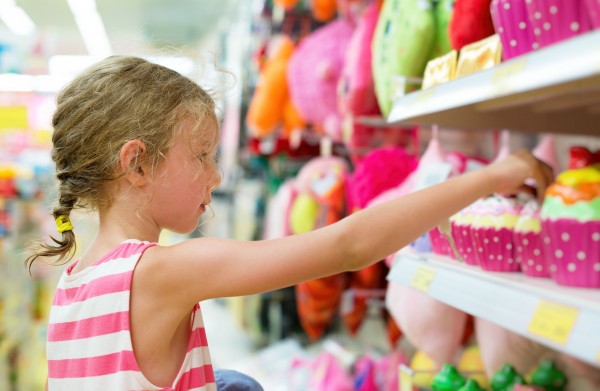As we all know, money is a huge part of our lives, so we can’t afford to bypass explaining to our children how it works, and why it’s important.
Of course we’re not talking about discussing stressful financial issues with children, but rather educating them on the basics of money matters. This is an important part of their social development, helping ensure they’re set up with the tools to live financially fit lives.
So with that in mind we’ve identified five of the most crucial money lessons you need to teach your children, and how to go about it.
1. They can’t have everything they want
It’s a simple lesson, but one all children should know. Luckily it’s relatively easy to teach – all it takes is consistency and sticking to your guns. The next time they ask for something you don’t want to give to them, or can’t, simply explain to them why that is. And by the same token, if you do give them something they ask for, explain why they could have it.
2. They might have to wait to get something they want
If there’s something your child wants, make them wait for it. When they’re older they won’t be able to have everything they want right away, so it’s a valuable lesson. Encourage them to open a savings account to slowly accrue the money to purchase what they want – and when they finally buy what they’ve wanted for so long they’ll value it so much more.
3. There isn’t a never-ending pile of money
We wish! As parents we are of course happy to provide for our children, but it’s important they know the money to feed them, clothe them and pay for treats has to come from somewhere. For example, explaining to them we have to work a certain amount of hours to get them those new trainers, or pay for a trip away, will help them understand that there isn’t an inexhaustible well of money.
4. There’s a reason we have to pay for things
It’s important to teach our kids that buying something is an exchange, so one ‘party’ has to get paid. Bringing kids to a farmer’s market is a brilliant way to show them the relationship between producer and purchaser. They will likely meet the person that made the product – and then witness the exchange as you hand over the money to buy it. Explain to them how the food was made, how the producer then decided to charge a certain amount and why you chose to pay it.
5. Money is all about making choices
Kids need to learn that if they buy one item, they likely won’t be able to get anything else. So spending is all about taking the time to ensure they’re making the right choice. The best way to help them do this is to give them a weekly allowance. It doesn’t even have to be much, but by giving them spending power, they’ll quickly learn the consequence of their choices.
If you want more help and advice on how to get started, Ulster Bank has a fantastic free resource called MoneySense, which aims to help parents and teachers educate kids as young as five on money matters.
The site is animated gorgeously, and features fun interactive activities, games and quizzes for children, tweens and teenagers across four expertly-targeted age stages. And why not spread the word with your local schools and teachers so that more children get the opportunity for good financial education in the classroom?
You can find out more about Ulster Bank MoneySense at ulsterbankroi.mymoneysense.com.







